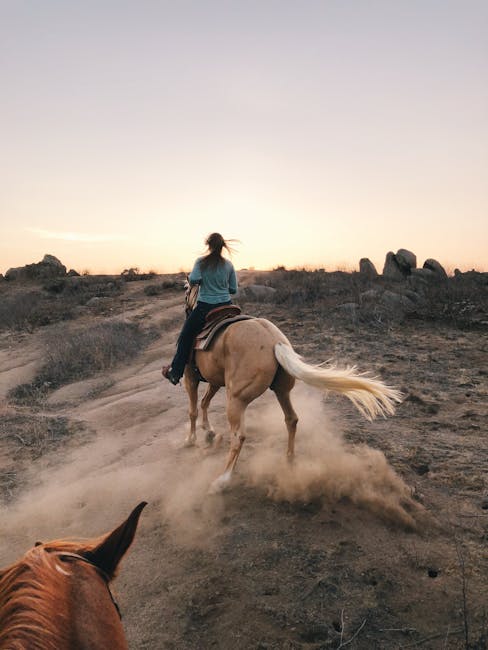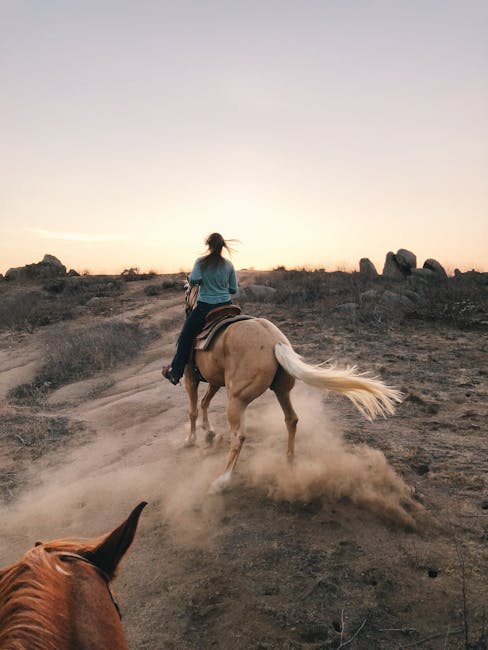Understanding the Wear Away of Soil: A Comprehensive Guide
Soil, the foundation of terrestrial ecosystems, is a surprisingly dynamic entity. Far from being static, it’s constantly undergoing a process of creation and destruction, a delicate balance shaped by myriad factors. One of the most significant aspects of this dynamic is soil erosion, the gradual wearing away of soil by natural forces and human activities. Understanding this process, its causes, and consequences is critical for preserving the health and productivity of our planet.
The Natural Processes of Soil Erosion: Wind, Water, and Ice
The natural world constantly sculpts the landscape, and soil erosion is a key player in this process. Three primary agents drive this natural wear away: water, wind, and ice. Each operates through distinct mechanisms, yet all contribute to the slow but inexorable reshaping of our earth.
Water Erosion: The Power of Flowing Water
Water, arguably the most significant erosional force, acts in various ways. Rainfall, through its sheer impact, dislodges soil particles. Surface runoff, especially on slopes, carries away loosened material, creating rills and gullies. River systems, constantly carving their paths, transport vast quantities of sediment downstream, depositing it elsewhere. The intensity of rainfall, slope gradient, and vegetation cover significantly influence the rate of water erosion.

Wind Erosion: The Whispering Force of Aeolian Processes
In arid and semi-arid regions, wind becomes a dominant force in soil erosion. Strong winds lift and transport fine soil particles, sometimes over vast distances. This process, known as deflation, leaves behind coarser materials, creating a distinctive landscape. Wind erosion is particularly problematic in areas with sparse vegetation, leaving the soil exposed and vulnerable. The speed and duration of wind, along with soil texture and moisture content, determine the severity of wind erosion.
Glacial Erosion: The Sculpting Hand of Ice
In regions subject to glaciation, ice plays a significant role in shaping the landscape and contributing to soil erosion. Moving glaciers act like giant bulldozers, scraping away soil and rock, transporting vast quantities of material. As glaciers melt, they deposit this material, forming moraines and other glacial landforms. The scale and power of glacial erosion are immense, fundamentally altering the topography over geological timescales.
The Human Impact on Soil Erosion: Accelerating the Wear Away
While natural processes have always shaped the landscape, human activities have significantly accelerated the rate of soil erosion. Deforestation, unsustainable agricultural practices, urbanization, and industrial activities all contribute to the degradation of soil. The consequences of this accelerated wear away are far-reaching and often devastating.

Deforestation and Land Clearing: Exposing Vulnerable Soil
The removal of forest cover leaves the soil exposed to the erosive forces of wind and water. The protective canopy of trees is lost, and the roots that bind the soil together are removed. This leads to significantly increased rates of erosion, with severe consequences for both land productivity and water quality.
Unsustainable Agricultural Practices: Intensive Farming and Soil Degradation
Intensive farming practices, such as monoculture and excessive tillage, can severely degrade soil health and increase erosion. These practices deplete soil organic matter, reduce soil structure, and leave the land vulnerable to wind and water erosion. Overgrazing by livestock also contributes to soil compaction and erosion.
Urbanization and Construction: Disrupting Natural Landscapes
The expansion of urban areas and the construction of infrastructure invariably disrupt natural landscapes, leading to increased soil erosion. Construction sites often expose bare soil, making them highly susceptible to erosion. The removal of vegetation and the alteration of drainage patterns can also contribute to increased runoff and erosion.
Industrial Activities: Pollution and Soil Degradation
Industrial activities, particularly mining and manufacturing, can pollute soils and lead to their degradation. Acid rain, for example, can acidify soils, making them less fertile and more susceptible to erosion. Heavy metal contamination can render soils toxic and unfit for agricultural use.
Consequences of Soil Erosion: A Cascade of Negative Impacts
The consequences of soil erosion are far-reaching and impact multiple aspects of the environment and human society. Loss of fertile topsoil reduces agricultural productivity, leading to food insecurity. Sedimentation of rivers and lakes degrades water quality, harming aquatic ecosystems and impacting human water supplies. Erosion contributes to landslides and floods, causing property damage and loss of life. The overall impact on biodiversity can be devastating, leading to habitat loss and species extinction.

Mitigating Soil Erosion: Strategies for Conservation
Addressing the problem of soil erosion requires a multi-pronged approach that involves both prevention and remediation strategies. Sustainable agricultural practices, such as no-till farming, crop rotation, and cover cropping, help to protect the soil and improve its health. Reforestation and afforestation initiatives restore vegetation cover, reducing erosion rates. Implementing effective soil conservation measures on construction sites prevents erosion during construction and minimizes environmental damage.
- Contour farming: Planting crops along the contours of slopes reduces water runoff.
- Terracing: Creating level platforms on slopes reduces the steepness and slows down water runoff.
- Windbreaks: Planting trees and shrubs to reduce wind speed and protect soil from wind erosion.
- Improved drainage systems: Managing water flow to prevent runoff and erosion.
By understanding the complexities of soil erosion and implementing effective mitigation strategies, we can protect this precious resource and ensure the long-term sustainability of our planet.

